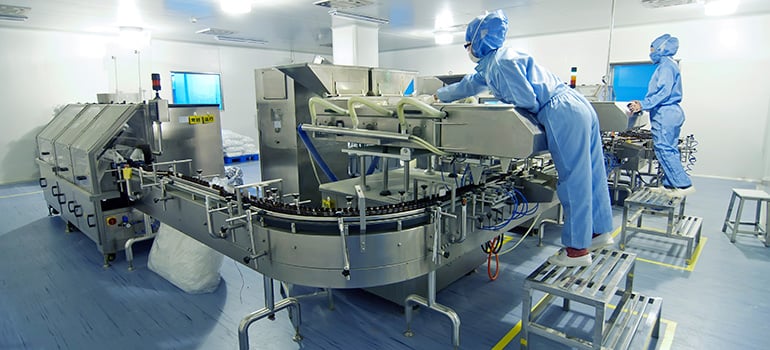Establishing Health-Based Exposure Limits for Active Pharmaceutical Ingredients

14 Mar 2016
Are your manufacturing standards in line with the new EMA guideline?
as you may know, in november 2014 the european medicines agency (ema) released a guideline with impact on the manufacture of multiple medicinal products in shared facilities. this new guideline outlines requirements and methods for establishing health-based exposure limits that are to be used when evaluating risks related to the possibility of carryover contamination of one drug into another. the guideline (ema/chmp/cvmp/swp/169430/2012), which should be used in conjunction with good manufacturing practices guidelines for medicinal products, took effect on june 1, 2015, meaning that manufacturers and drug companies now need to adhere to the guideline to address potential cross-contamination of active pharmaceutical ingredients (apis, or drug substances). as noted in the guideline, its aim is to "recommend an approach for deriving a scientifically based threshold value for individual active substances to be applied for risk identification. the guideline outlines how the data on which the threshold value is derived should be presented in order to achieve a clear and harmonious approach across pharmaceutical industry."
practically speaking, the guideline covers aspects needed to address the safety of human patients and, for veterinary medicines, target animals potentially exposed to residual active substances via medicinal products. the health-based exposure limit for a given api is the permitted daily exposure (pde) value. the pde value is used to help establish cleaning validation requirements in manufacturing facilities (i.e., determine limits that have to be met). derivation of a pde value for a given active substance requires examination and interpretation of toxicology/safety data, pharmacology (efficacy) data, information on the route of administration, and other considerations.
the new ema guideline took effect on june 1, 2015 for medicinal products being introduced into shared manufacturing facilities. for medicinal products intended for human use and already in production in shared manufacturing facilities, the guideline applied starting november 2015. manufacturers of apis need to be aware of the guideline’s expectations regarding data collection and assessment, methods used to derive pde values, and reporting requirements.
scientists in the pharmaceutical & healthcare group at intertek scientific & regulatory consultancy are well-positioned to perform assessments and prepare reports that are compliant with the new ema guideline. our team has recently worked with several clients to prepare assessment reports tailored specifically to the requirements of the new ema guideline in order to derive pde values which can be used to assist cleaning validation efforts. in addition, over the past few years our team has prepared in excess of 200 toxicological risk assessment reports. these have included the derivation of pde values or equivalent exposure limits using methodologies consistent with the new ema guideline, the development of science-based rationales to support specifications for active compounds, and the assessment of safety risks for extractable/leachable compounds, impurities, and other such substances found in medicines.
